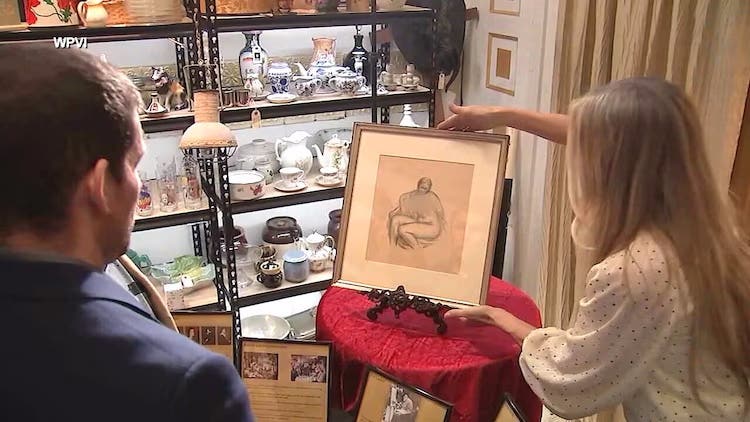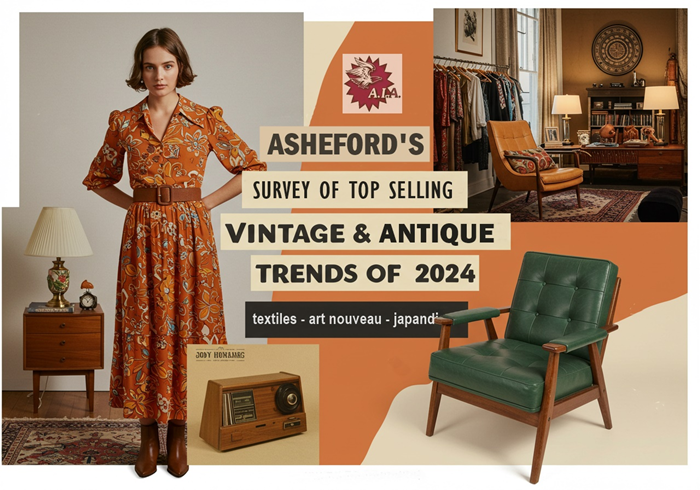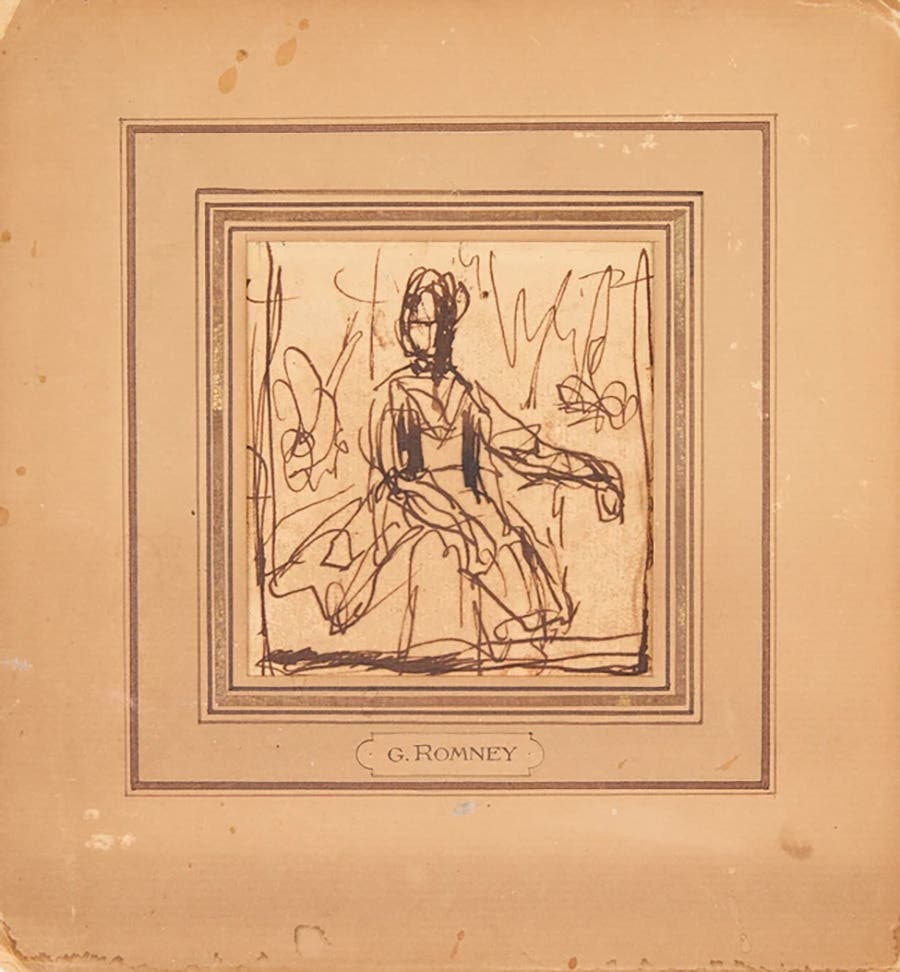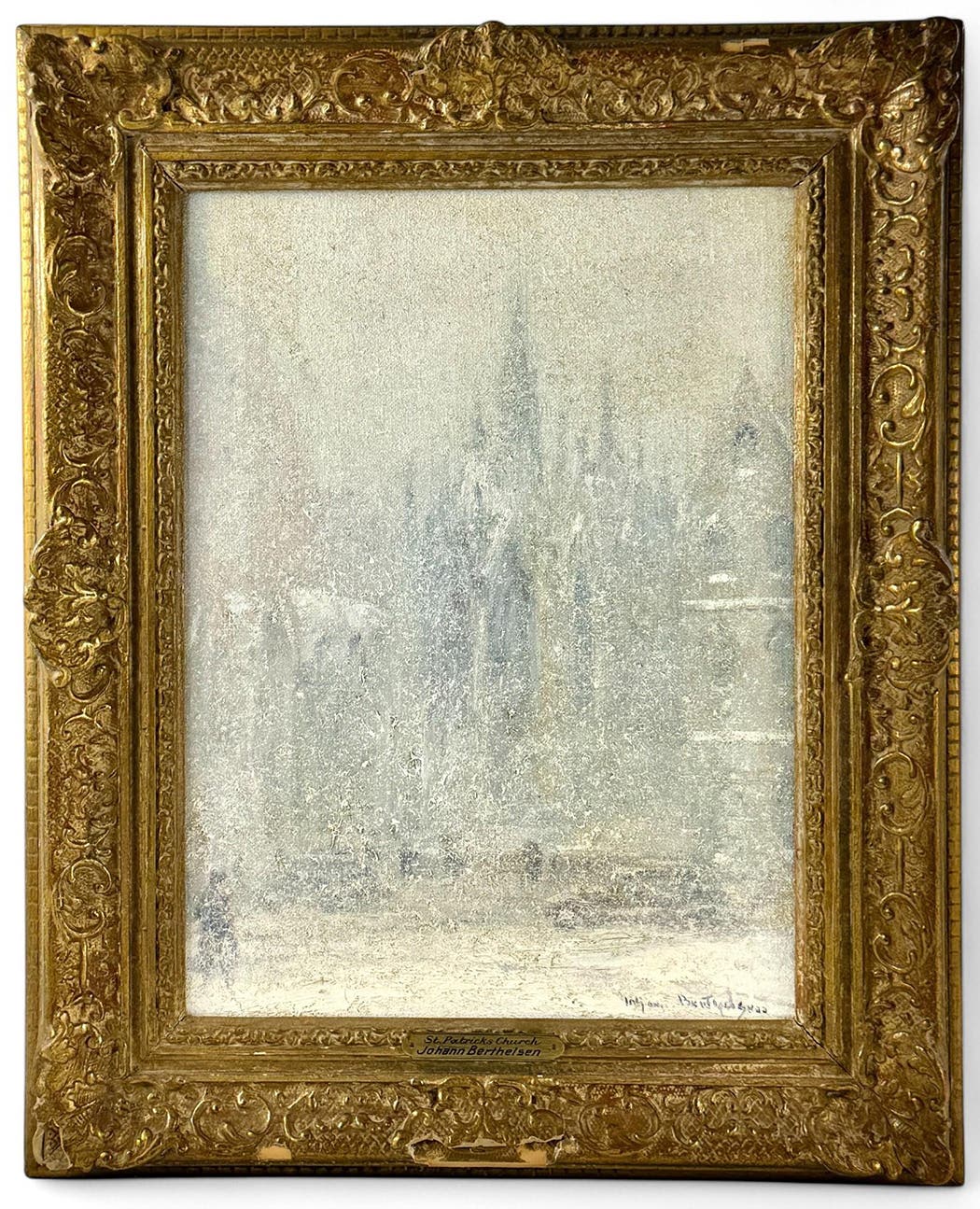Polish up on collecting antique and vintage brass
The market for vintage brass decorative articles has been remarkably steady, but is showing signs of an upswing. Buyers are attracted to bookends, affordable jewelry, designer candlesticks and even furniture.
By Eric Bradley
This article about collecting vintage brass items is an exclusive excerpt from the Antique Trader Antiques & Collectibles Price Guide, which is available from KrauseBooks.com.
Brass is a yellow alloy mainly of copper and zinc but it can include other metals. Generally used for decorative articles, brass’s durability makes it ideal for inlays, wall insets and tools. The inexpensive, yet strong metal makes it ubiquitous across many cultures and objects for thousands of years. In modern times, brass was particularly favored during the Art Deco Movement of the 1930s and the Modernist Movement of the 1960s and 70s, the complete opposite of the darkly patinated copper and bronze used during the Arts and Crafts and Art Nouveau Movements. It was also a favored metal to use for accenting firearms and swords. The metal’s ability to withstand strong pressure and heat made it ideal for lanterns and locomotive pressure gauges.
Vintage items popular among collectors
Among the most heavily collected items today include chandeliers, figurines and statues, nautical items, clocks and pocket watches, and even microscopes. All of these items can be readily found at your local thrift store and flea markets. In fact, there are sellers on Etsy.com who specialize in bringing unique brass items to market.
The market for brass has been remarkably steady, but is showing signs of an upswing. Younger buyers who are attracted to simple forms and uses, particularly bookends, affordable jewelry, designer candlesticks and even furniture, favor the color. Generally, vintage examples of mass-produced bookends can be found between $5 and $50, depending on the venue. Brass figurines make attractive décor items and many brass items were produced with a practical use in mind, so many of the antiques can still be used for their intended purpose.
Solid examples of bookends are commanding higher prices these days, particularly figural examples of animals and people. High-quality castings are back in style. Low-quality castings are also holding their values (even if those values are not particularly high to begin with).
With brass, the older the object, the more value it offers to the decorator or collector. Home items from the late 1700 and early 1800s are collected based on their use. Several artists who worked in brass continue to see their values climb. Artists such as Franz and Karl Hagenauer, Josef Hoffman, Wiener Werkstatte, Peter Muller-Munk and Harry Bertoia all used brass as a medium due to its versatility. Most all of Bertoia’s musical sculptures employ brass.
New brass made to look old
Unlike other decorative mediums such as silver, gold or bronze, brass can tarnish and pit heavily if left in salt water or when exposed to some household cleaning solutions such as ammonia. Interestingly, many people are introducing artificial patinas to common, low-value brass objects for decorative effects. This can be achieved by applying vinegar, salt, some window cleaners and even hardboiled eggs. The brass object is placed into an airtight container for several hours to acquire the desired coloration, such as a ruddy, rust or green or even bronze look. Collectors should be aware of these artificial patinas if they are on the lookout for authentic pieces.
Since it is easy to make a new piece look old, it’s not surprising to learn Chinese and Japanese brass objects are being heavily reproduced. Both cultures were adept at using the metal in objects and tools, but many items were made for religious ceremonies. Again, the learned collector should study commonly used designs and castings before investing a lot of resources here. Sloppy or blurry castings are a sure sign the piece is new and is only worth décor value. The market for Indian brass has plummeted due to the mass amounts of imports flooding into the country. Brass from India should only be purchased from a reputable dealer or auction house.
The key to collecting quality brass items is based on careful observation. First, a quality brass item should not have any machining or mold marks or any other evidence that modern machinery was used in the making of the piece. Second, try to find out as much as possible about the time period in which a piece was made. This will help you understand the composition of the item and where it likely came from. The best quality brass items often have maker’s marks, which gives collectors much interesting stories and a source where the item was made. Unlike silver, these makers’ marks are most often found on the bottom of the piece or even hidden behind felt padding on the bottom.
Eric Bradley is a eight-time editor of the annual "Antique Trader Antiques & Collectibles Price Guide," America's No. 1 selling price guide. A former editor and an award-winning investigative journalist with a degree in economics, he has appeared in The Wall Street Journal, GQ, Four Seasons Magazine, Bottom Line/Personal and The Detroit News, among others. He is the Public Relations Director at Heritage Auctions and lives near Dallas with his wife and three children.








